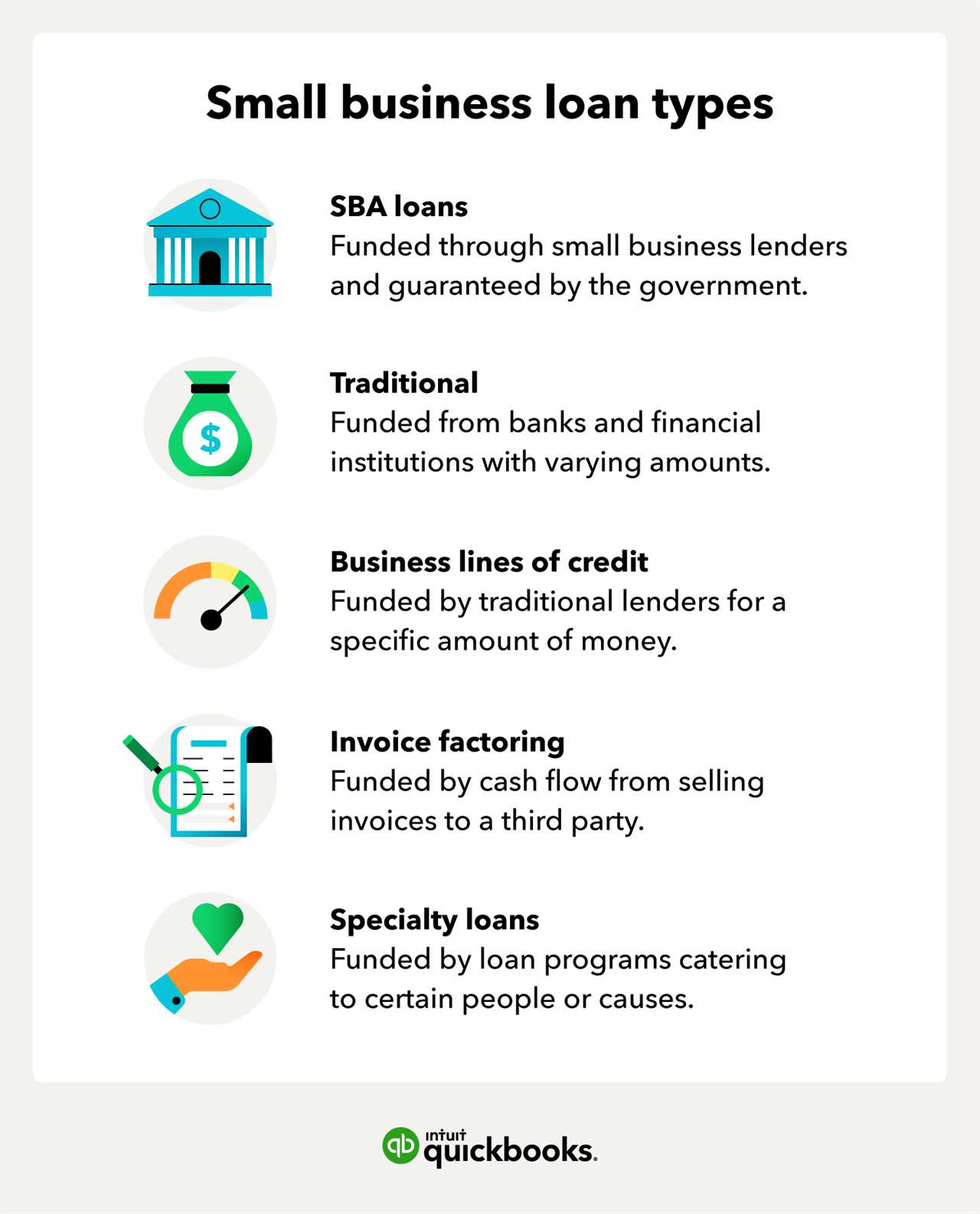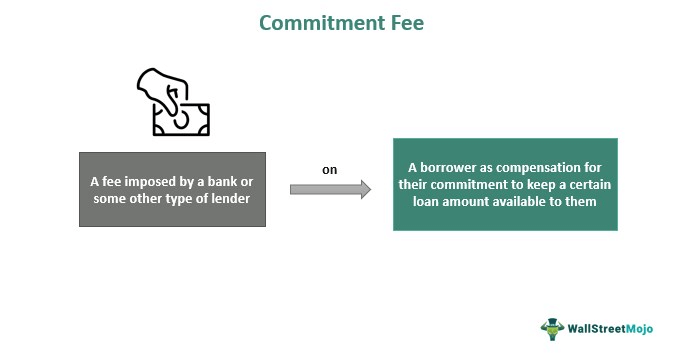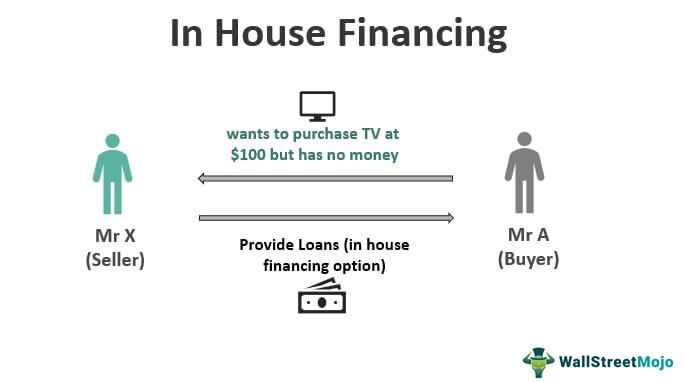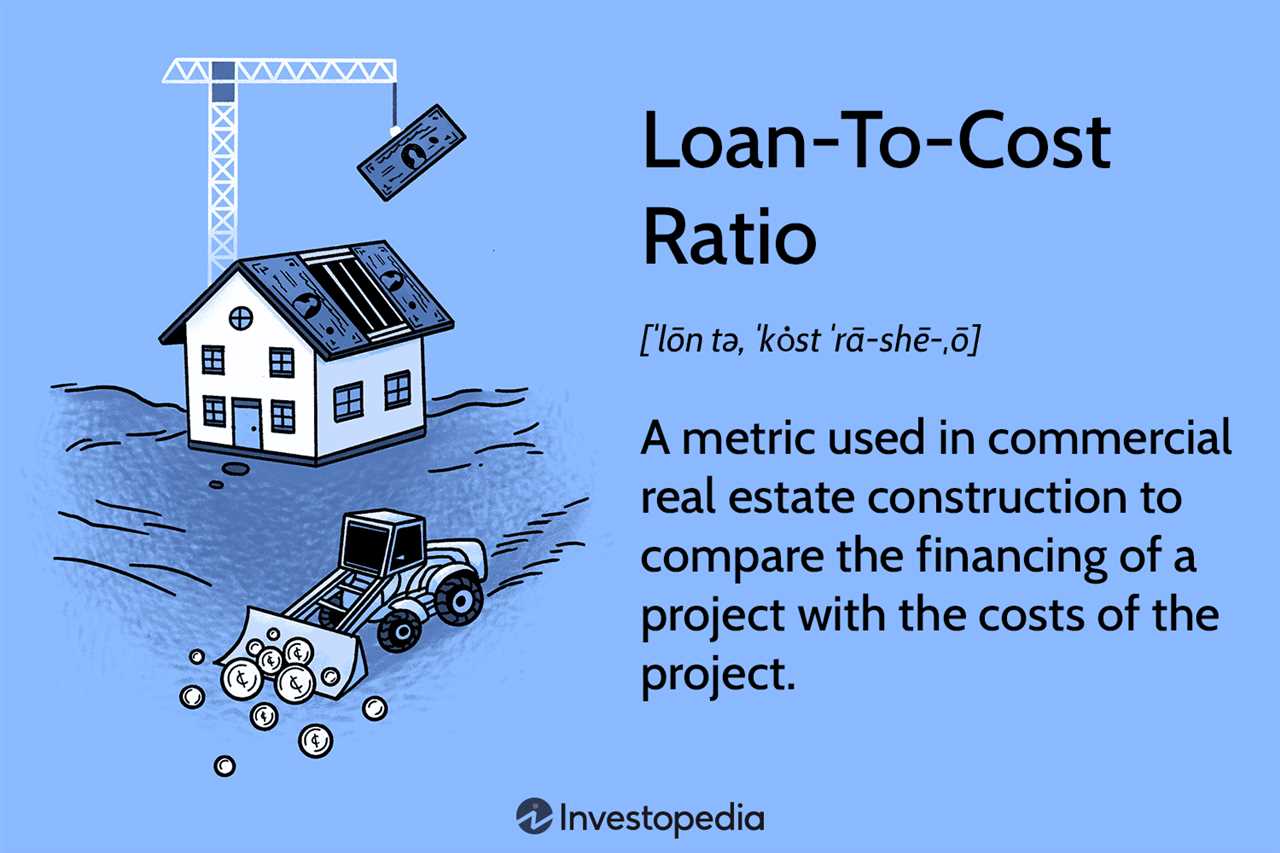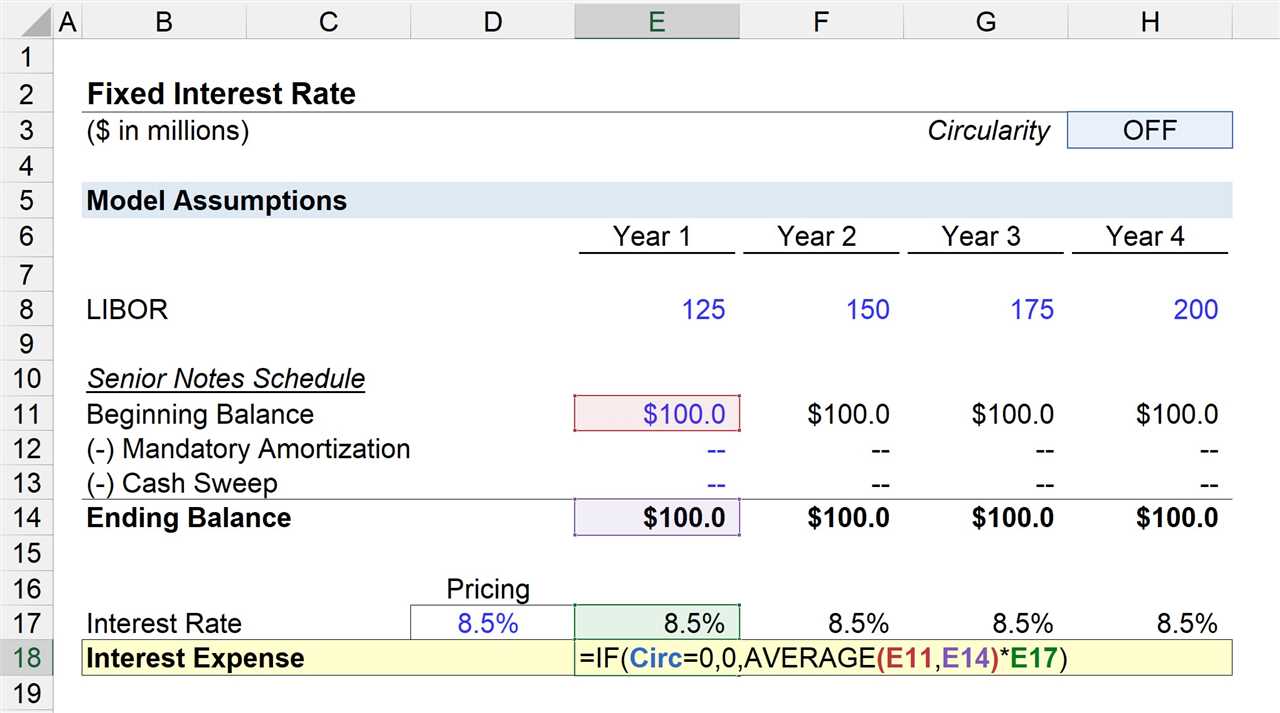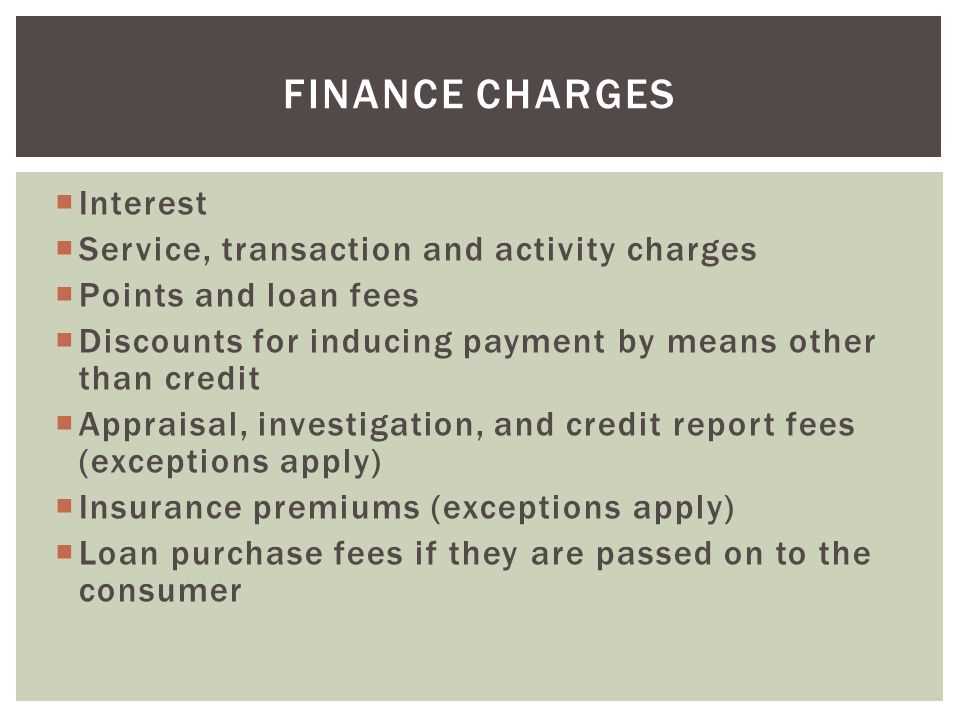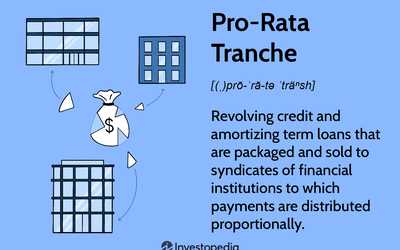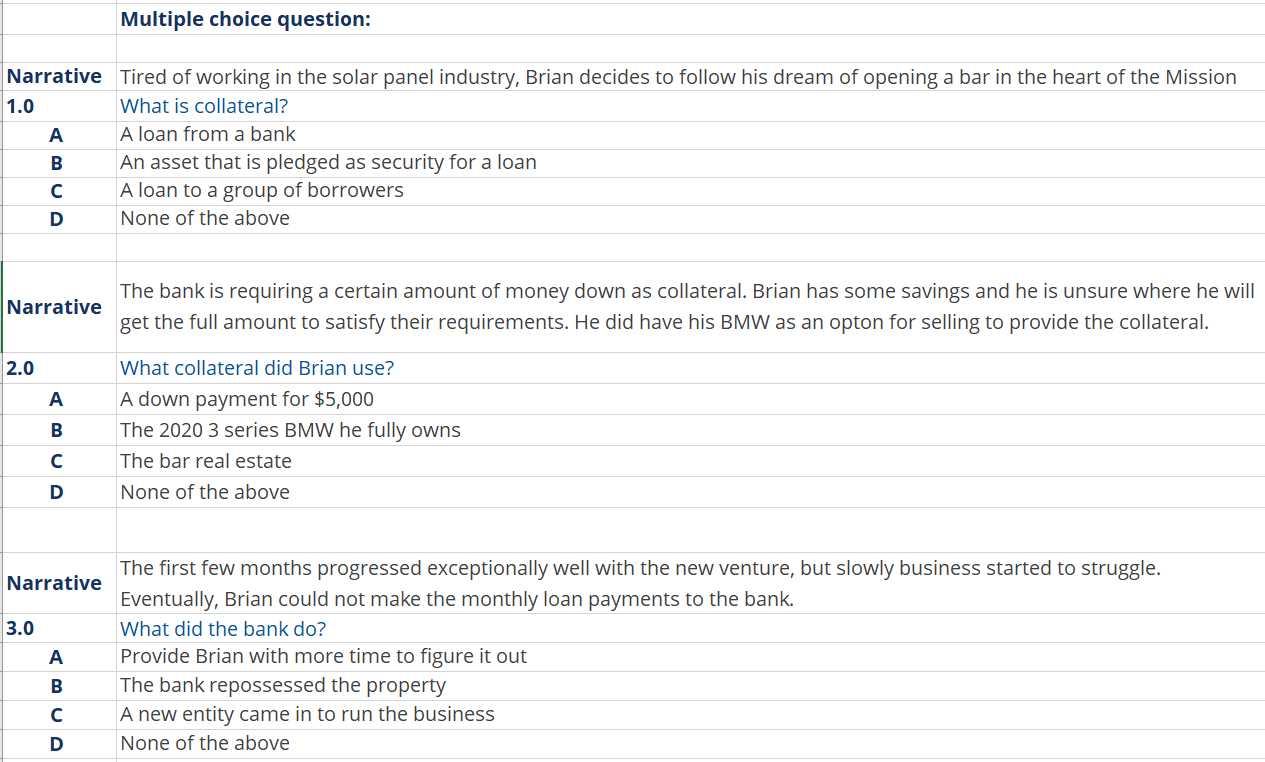Wall Street Journal Prime Rate Definition Methodology Uses
Overview of Wall Street Journal Prime Rate The prime rate is based on the federal funds rate, which is set by the Federal Reserve. The Federal Reserve uses the federal funds rate to control the supply of money in the economy and to influence interest rates. The Wall Street Journal … …













